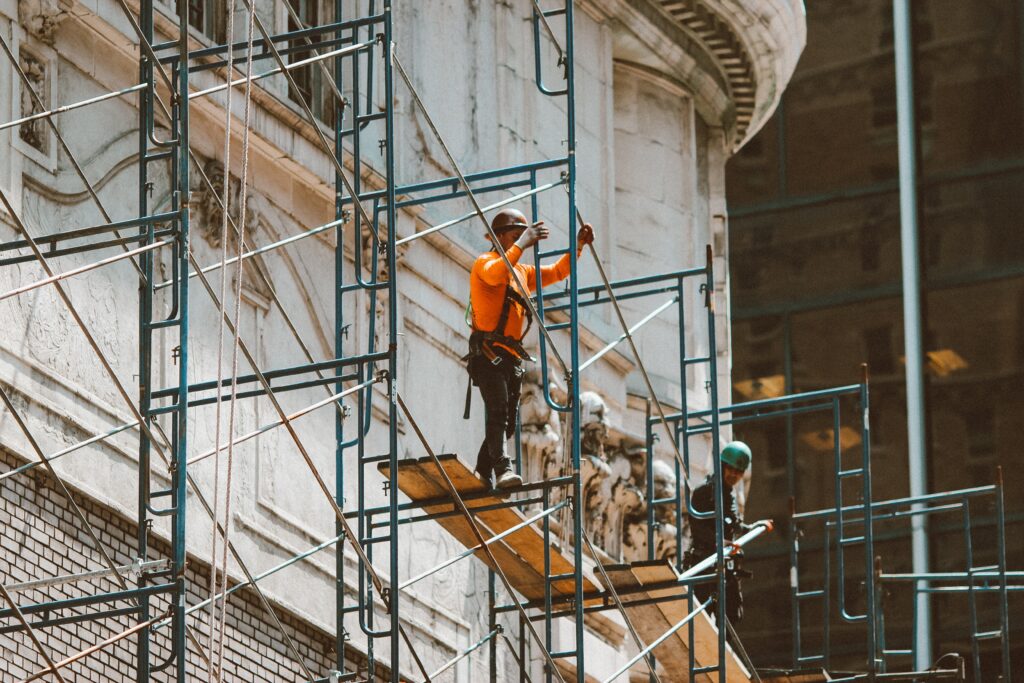
We’ve all seen scaffolding set up to support work in the construction, maintenance, cleaning and repair of buildings, bridges, houses, and more. While these structures are rarely permanent — and are hoped to be in use only a short period of time — they must be reliable and up-to-date.
Now, you may ask, why blog about scaffolds?
The key point is that a scaffold is a critical support feature. Truly, everyone needs a scaffold for support in a job, business, and company and in their personal lives. I don’t claim to be a relationship guru, so let’s only focus on your job, business and company.
Scaffolding creativity
I maintain that the most important scaffold is creative people doing creative things. This can mean your clients as well as the technology supplier. For example, creative clients have brought to BHS applications for biochemicals (using straw, wheat, bagasse, wood and plastics), fats, lipids and proteins (using chicken renderings and process water used to clean equipment in dairy operations), amino acids, inorganic chemicals and salts, final and bulk pharmaceuticals and oil & gas and refinery operations, including offshore.
At the same time, BHS has provided unique and creative process solutions in all of these cases. One fun case saw us using dimethyl ether, under continuous pressure so it operates as a liquid, with zero fugitive emissions.
Creating permanence for creative mindset
Yet, while scaffolds are transient structures, in business we must consider the question of “how do we ensure the creative people maintain their creativity?” In a recent AICHE article Paul Baybutt stated, “while most people are born with the capacity for creative thinking, this skill can be lost through formal education and societal pressures that discourage it.”
Nevertheless, he noted, “luckily, creative thinking can be learned.” He described several characteristics of a creative thinker such as:
- thinks imaginatively and with an open mind to new ideas
- views issues as challenges
- believes alternatives exist
- able to live with ambiguity and tolerate a degree of chaos
- self-confident and knows how to ask good questions.
What can leaders and businesses do to keep the creative juices flowing? Baybutt provided some insights:
- Be patient and curious
- Persevere and maintain a positive frame of mind
- Welcome challenges and embrace mistakes as learning experiences
- Explore rather than prove
- Follow your gut
- Have a desire to “consider” rather than “argue.”
The idea behind scaffolding is to connect workers with their project in a safe, supported way. Creativity too will thrive in this environment — if we find ways to scaffold our creative thinkers to innovation success.

